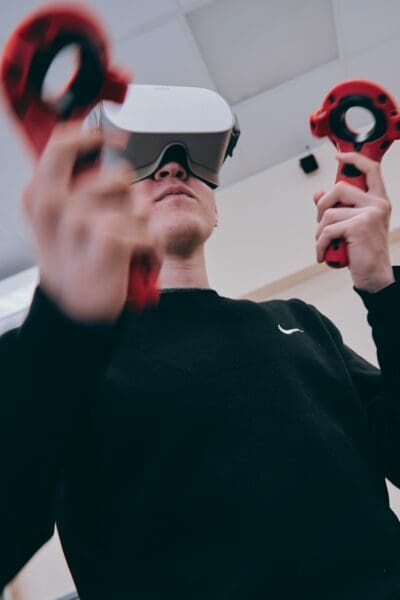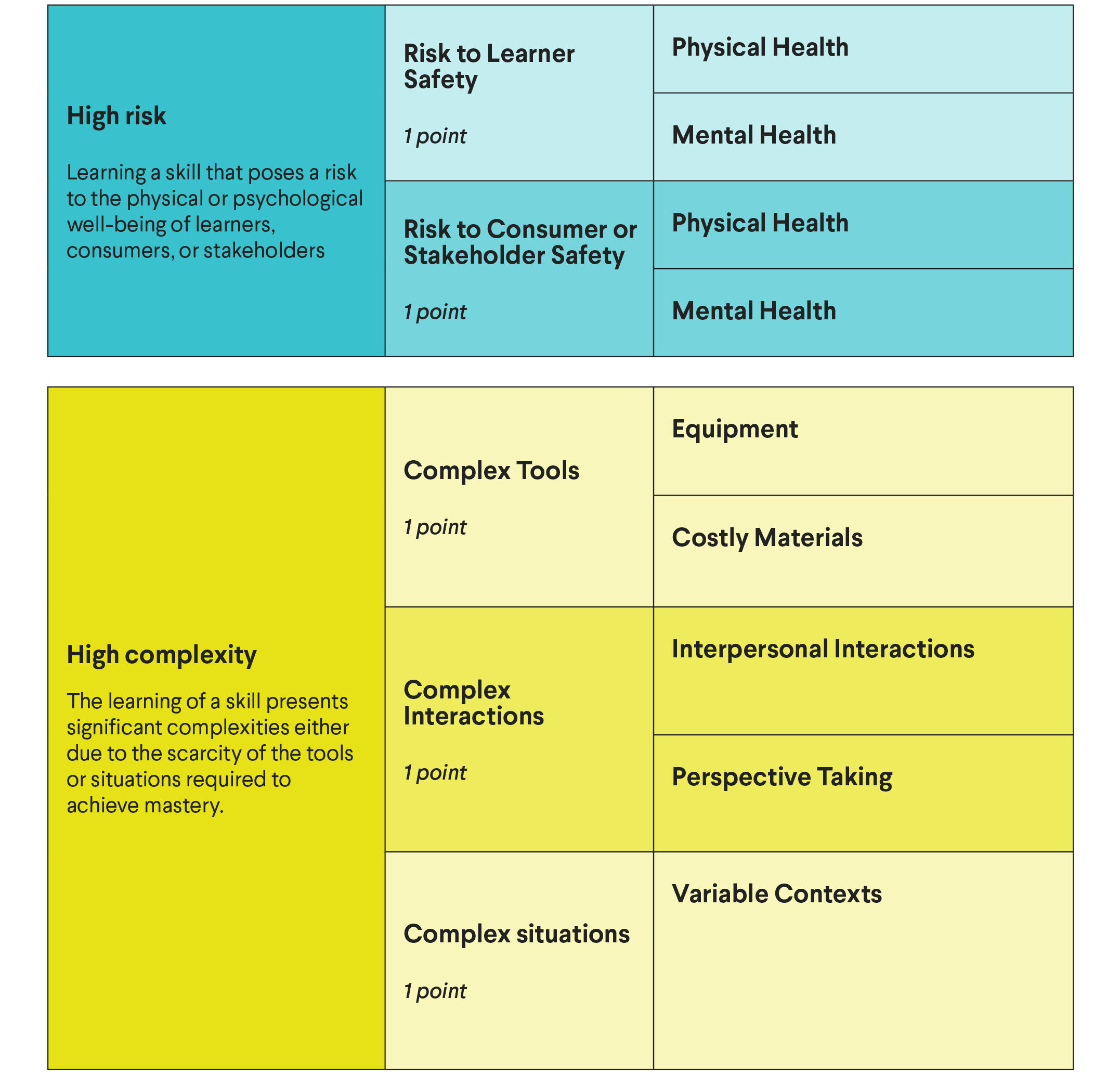Amid the excitement surrounding virtual reality (VR) technology, distinguishing the signal from the noise can be challenging. VR has the potential to revolutionize worker training and play a significant role in breaking down systemic barriers that hinder the progress of millions of workers. To achieve this, Jobs for the Future (JFF), with the support of Meta, developed an action framework to help business owners, industry leaders, and policymakers identify impactful use cases for introducing VR technology in worker training.
The Need for VR in Training
JFF’s North Star goal is that in 10 years, 75 million people facing systemic barriers to advancement will work in quality jobs. VR technology holds the potential to play a pivotal role in achieving this goal by offering workers the opportunity to learn more quickly and deeply within the context of a labor market where the half-life of skills is now estimated to be just two and a half years.
Workers who receive VR training learn four times faster than their classroom-based counterparts and are 35% more confident in applying their learned skills. Moreover, VR training can reduce personal biases by allowing individuals to see the world from different perspectives, fostering empathy and understanding.
VR Training Framework: Scoring the Potential of VR in Worker Training
VR represents one form of extended reality (XR) technologies, which also include augmented reality (AR) and mixed reality (MR). We chose to focus the framework on VR because of its maturity as a technology and its potential to provide highly effective training.
JFF’s VR Training Framework is intended to help business owners, industry leaders, and policymakers operationalize and apply the work of VR researchers to determine which jobs are most suited to the introduction of VR technology. Using a simple five-point scoring system, the framework identifies the occupations where VR training has the greatest potential for impact. The higher the score, the greater the potential for VR to improve training in terms of speed, efficacy, equity, and cost.




